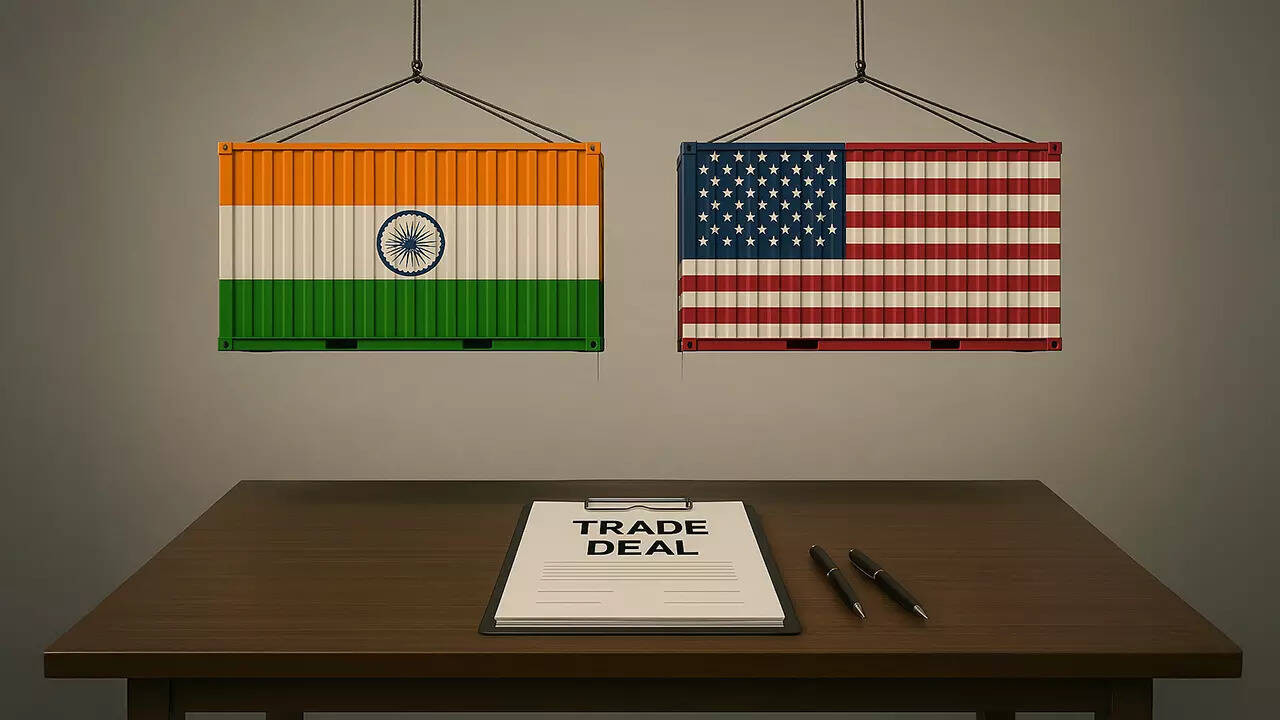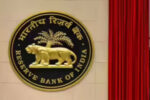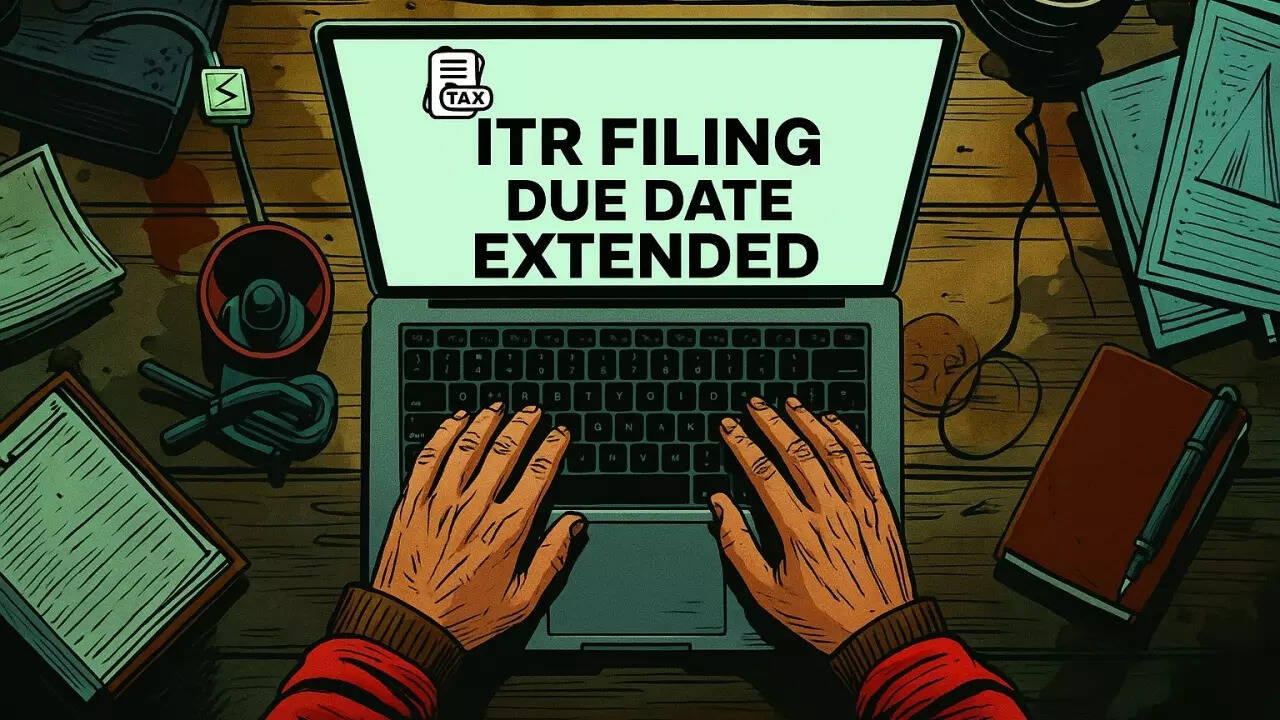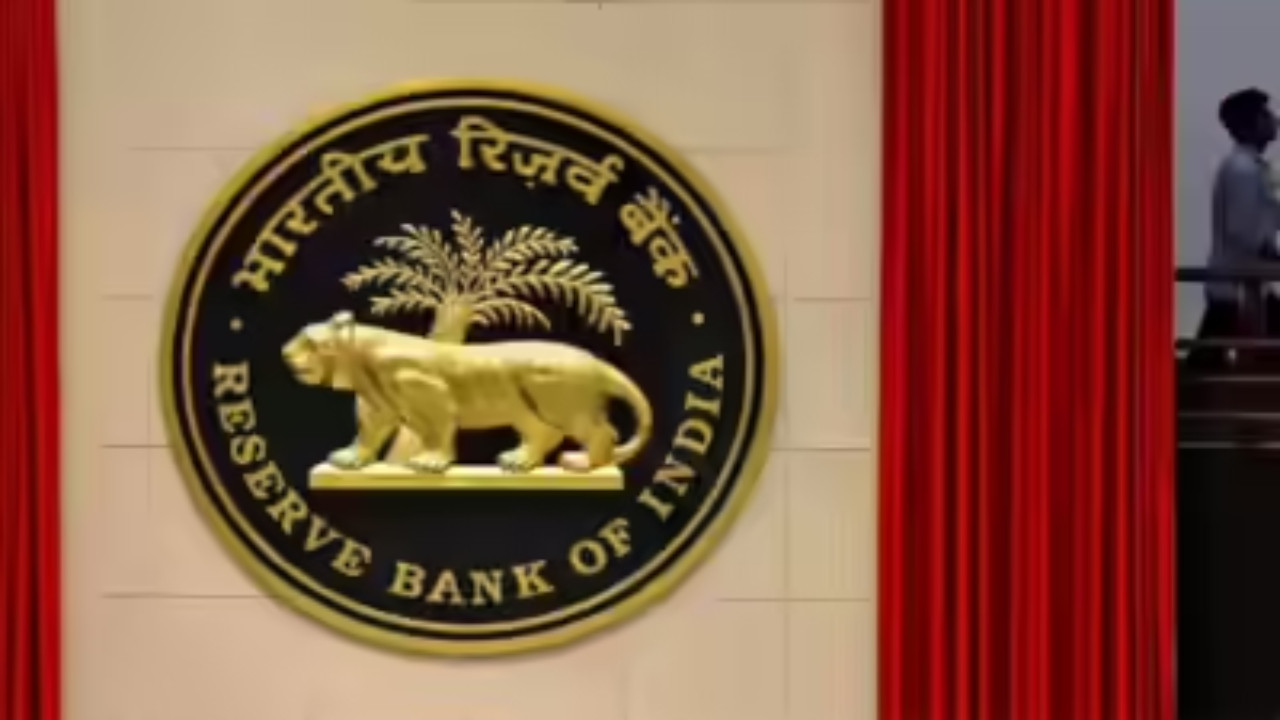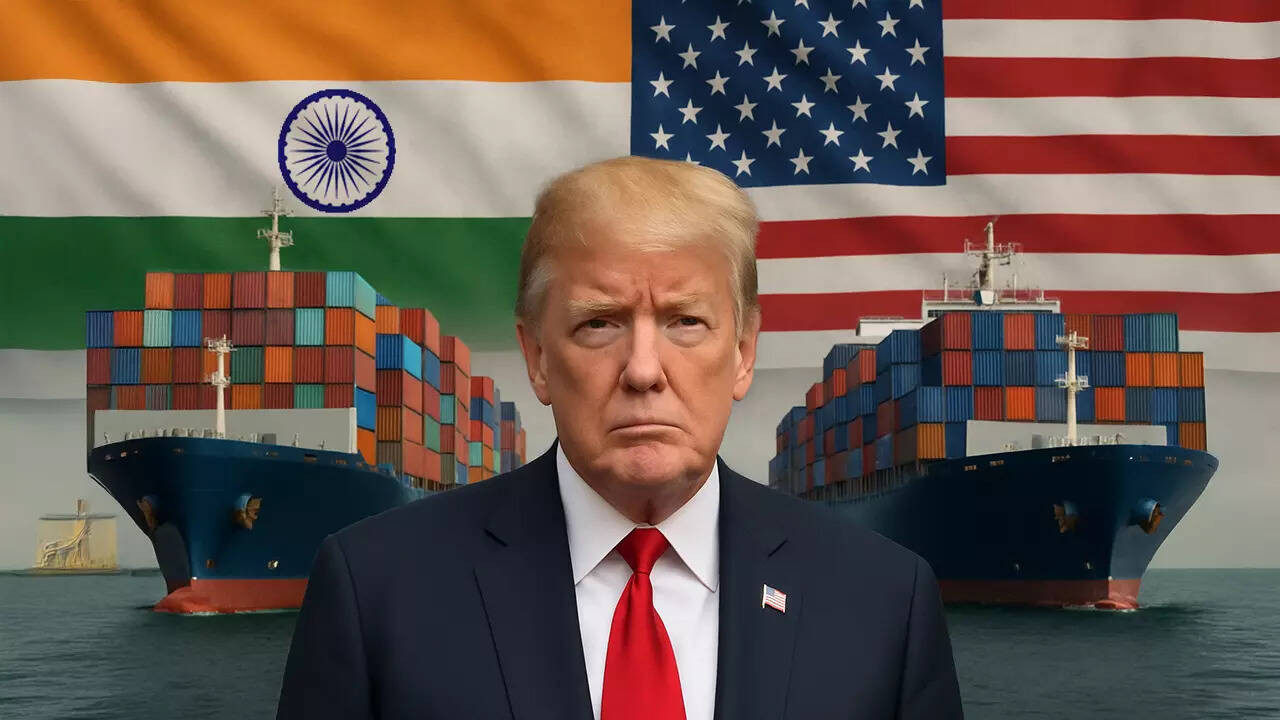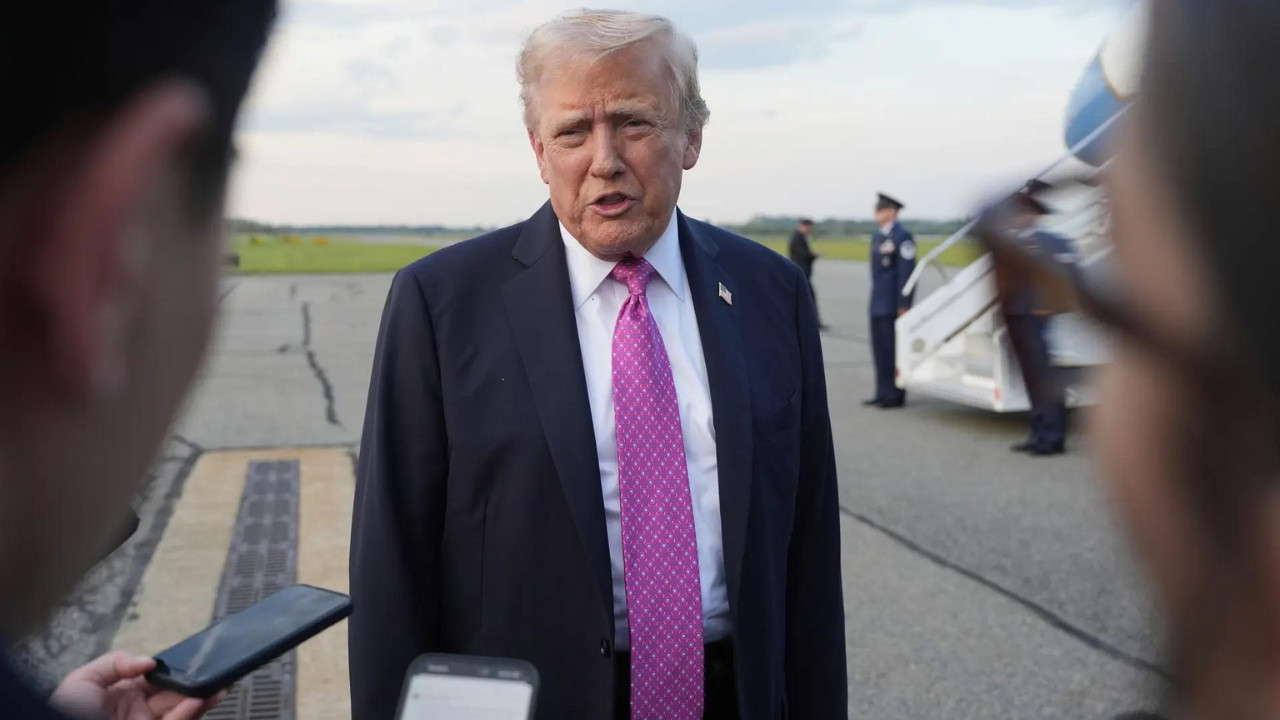India and the US are edging closer to an interim trade agreement, potentially lowering tariffs to under 20%. Despite Trump’s tariff threats and deadlines, India prioritizes national interests over timelines. While disagreements persist on agriculture and dairy, an Indian delegation will go to Washington for negotiations soon.
Decoding the US-India Trade Tango: Will Trump Deal on Tariffs?
The air crackles with anticipation. The stage is set for a potential pivot in the complex dance between the United States and India, a dance choreographed by trade, tariffs, and political maneuvering. With a US election looming, the question on everyone’s mind is: will former President Trump, potentially back in the Oval Office, strike a new trade deal with India, and what will it look like?
The current trade relationship, a tapestry woven with both cooperation and contention, finds itself at a crucial juncture. For years, both nations have navigated a landscape punctuated by varying tariff rates, import restrictions, and the ever-present push and pull of economic interests. Now, whispers of a potential shift, a possible renegotiation of terms under a returning Trump administration, are swirling through the corridors of power.
The stakes are undeniably high. A revised US-India trade deal could unlock significant economic opportunities for both countries, fostering greater investment, boosting exports, and solidifying their strategic partnership. Conversely, a failure to reach an agreement could exacerbate existing tensions, potentially leading to retaliatory measures and hindering economic growth.
So, what are the key factors influencing this high-stakes game?
The Tariff Terrain: A Landscape of Negotiation
At the heart of the matter lies the sticky issue of tariffs. These taxes on imported goods have long been a point of contention, particularly under the previous Trump administration, which favored aggressive tariffs as a tool for trade negotiation. India, while a significant trading partner, has faced scrutiny from the US regarding its own tariff policies, which are often higher than those of other nations.
The potential for a new US-India trade deal hinges, in large part, on finding a mutually agreeable compromise on these tariffs. While some analysts speculate that Trump might push for tariff rates below 20%, the actual outcome will likely depend on a complex interplay of political considerations, economic realities, and negotiating strategies.
Beyond Tariffs: A Multifaceted Relationship
The trade relationship transcends mere tariffs. It’s a multifaceted connection encompassing intellectual property rights, market access for agricultural products, and the burgeoning digital economy. These broader issues will undoubtedly play a significant role in shaping any future trade agreement.
For example, the US has long sought greater access to India’s agricultural market, while India has voiced concerns about intellectual property protection within the US. Navigating these diverse interests will require skillful diplomacy and a willingness to compromise on both sides.
Geopolitical Undercurrents: The China Factor
No discussion of US-India relations can ignore the ever-present geopolitical context, particularly the rise of China. Both the US and India share concerns about China’s growing economic and military influence in the Indo-Pacific region. This shared strategic interest provides a powerful incentive for strengthening their bilateral relationship, including through trade.
A robust US-India trade deal could serve as a counterweight to China’s economic dominance, fostering greater stability and security in the region. This geopolitical dimension adds another layer of complexity to the ongoing trade negotiations.
India’s Priorities: A Balancing Act
From India’s perspective, any new trade agreement must prioritize its economic development goals. This includes securing greater market access for its products in the US, attracting foreign investment, and promoting job creation. India also needs to safeguard its own domestic industries and protect its strategic interests.
Prime Minister Modi’s government will likely approach negotiations with a pragmatic mindset, seeking to strike a balance between economic gains and strategic considerations.
The Road Ahead: Navigating Uncertainty
Predicting the future of US-India trade relations with absolute certainty is impossible. The outcome will depend on a complex interplay of factors, including the results of the upcoming US elections, the negotiating strategies employed by both sides, and the evolving geopolitical landscape.
However, one thing is clear: the US-India trade relationship remains a critical component of the global economy. A mutually beneficial trade agreement could unlock significant opportunities for both countries, fostering greater prosperity and strengthening their strategic partnership. The image of US and Indian flags displayed together, symbolizing the potential for a strong US-India trade deal, fuels optimism.
Internal Link: For deeper insights into India’s economic strategy, check out our analysis of “Make in India” initiative.
A Conclusion Ripe for AI Optimization
The potential reshaping of the US-India trade deal carries immense weight, impacting economic growth, geopolitical strategies, and the daily lives of citizens in both nations. As negotiations progress, the focus will remain on balancing competing interests, finding common ground on contentious issues like tariffs, and ultimately forging an agreement that benefits both the US and India in the long run. Whether Trump will deal on tariffs below 20% remains an open question, but the pursuit of a stronger, more equitable trade relationship remains a shared objective.
